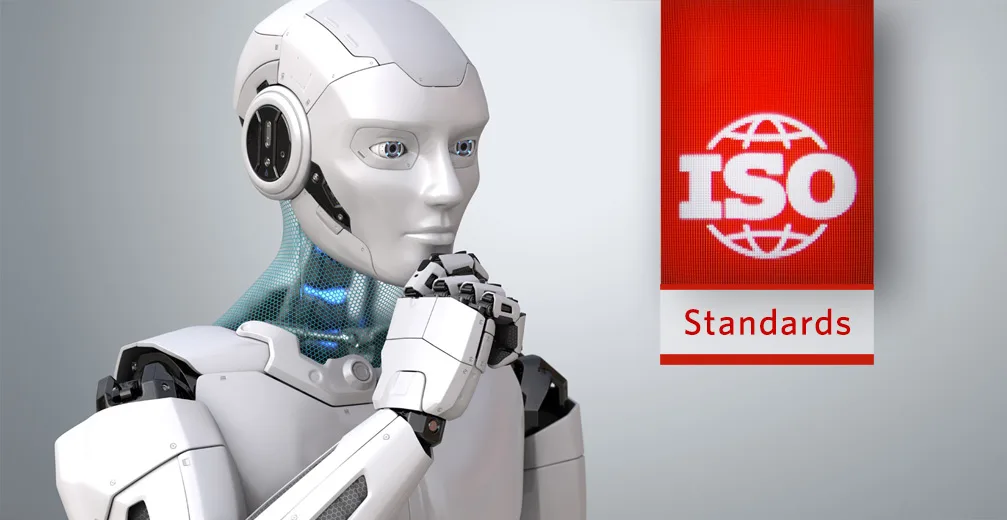Artificial intelligence (AI) is advancing rapidly, transforming industries from healthcare to transportation. However, the explosive growth of AI has also led to a proliferation of technical jargon that can confuse non-experts. To establish common AI terminology and concepts, the International Organization for Standardization (ISO) recently published the ISO 22989:2022 standard. This guide can help decode AI jargon for a wider audience.
Why Standardization Provides Clarity on AI Terminology
Many stakeholders, from policymakers to the general public, need to understand AI better in order to implement it responsibly. However, the diversity of disciplines contributing to AI, including computer science and psychology, has resulted in fragmented terminology. For example, terms like “algorithm” and “model” are often used interchangeably in AI contexts. The lack of standardized vocabulary is an obstacle for communication and adoption of AI.
ISO 22989 establishes consistent AI language to enable shared understanding among diverse groups like companies, governments, and civil society. With common concepts and vocabulary, standards like this aim to improve transparency in AI development and use.
Key AI Terms and Concepts Defined in ISO 22989
ISO 22989 contains over 150 AI-related terms. Below are explanations of some of the most important concepts it establishes:
- AI system: An engineered system that generates outputs like predictions, recommendations, or decisions based on human-defined goals. AI systems use techniques like machine learning to develop models representing data, processes, etc.
- Machine learning: The process of optimizing a model’s parameters by analyzing data so that the model’s behavior reflects the data. Machine learning enables AI systems to enhance their performance independently through experience.
- Model: A mathematical or logical representation of a process or system. Machine learning optimizes the parameters of models to improve inferences and predictions.
- Deep learning: A machine learning approach based on artificial neural networks modeled on the brain. It uses many layers of neural networks to generate rich hierarchical data representations.
- Trustworthiness: An AI system’s ability to meet stakeholder expectations in a verifiable manner. Key characteristics include reliability, resilience, accountability, transparency, and quality.
The Pros and Cons of Standardizing AI Vocabulary
Standardizing AI terminology has several potential benefits:
- Enhances communication – Common language can improve discussions between AI researchers, developers, users, policymakers, and the general public.
- Supports adoption – Shared understanding removes barriers to safely and effectively applying AI solutions.
- Enables oversight – Consistent vocabulary allows clearer regulation, testing, and monitoring of AI systems.
However, some potential downsides of standardization include:
- Constrains innovation – Locking down definitions could limit novel uses of AI technology.
- Lags progress – Standardization processes are slower than the rapid pace of AI advancement.
- Reduces flexibility – Rigid terminology may not capture nuances in diverse AI applications.
Overall, standards like ISO 22989 aim to maximize benefits while minimizing risks. Striking the optimal balance is key for standards to stay useful and relevant.
The Future Impact of AI Standardization
As AI becomes further embedded into our lives, establishing common language and concepts will only increase in importance. ISO 22989 represents an initial step, but more work is required to develop robust worldwide AI standards.
International collaboration will be critical for aligning on terminology that crosses borders. Groups like the Institute of Electrical and Electronics Engineers (IEEE) and the World Wide Web Consortium (W3C) are also driving standards for aspects of AI technology.
Well-designed standards can guide the AI field toward safer, more equitable outcomes. They will enable productive discussions between technologists and society to unlock AI’s benefits while proactively addressing its risks. With care, diligence and inclusiveness, standards can help deliver AI that serves humanity’s values and aspirations.
The AI revolution is underway, but thoughtful governance and standardization will determine whether it empowers or endangers us. ISO 22989’s terminology guide represents a small but vital move to build shared understanding for navigating AI’s profound impacts responsibly. With constructive dialogue and collaboration, we can shape an AI future that reflects our highest hopes.
The ISO IEC 22989:2022_ed.1_id.74296 file is freely downlodable from ISO web site

